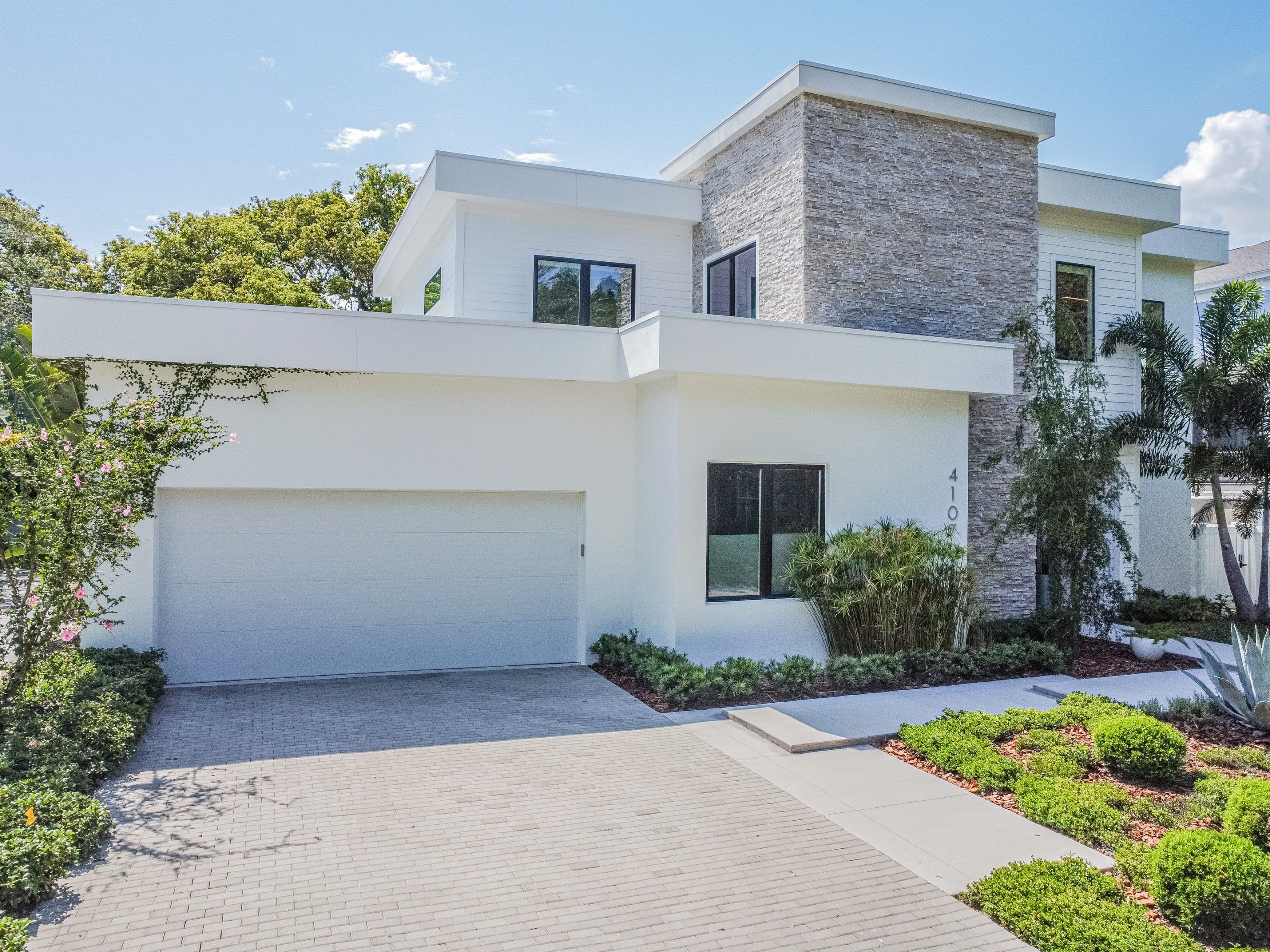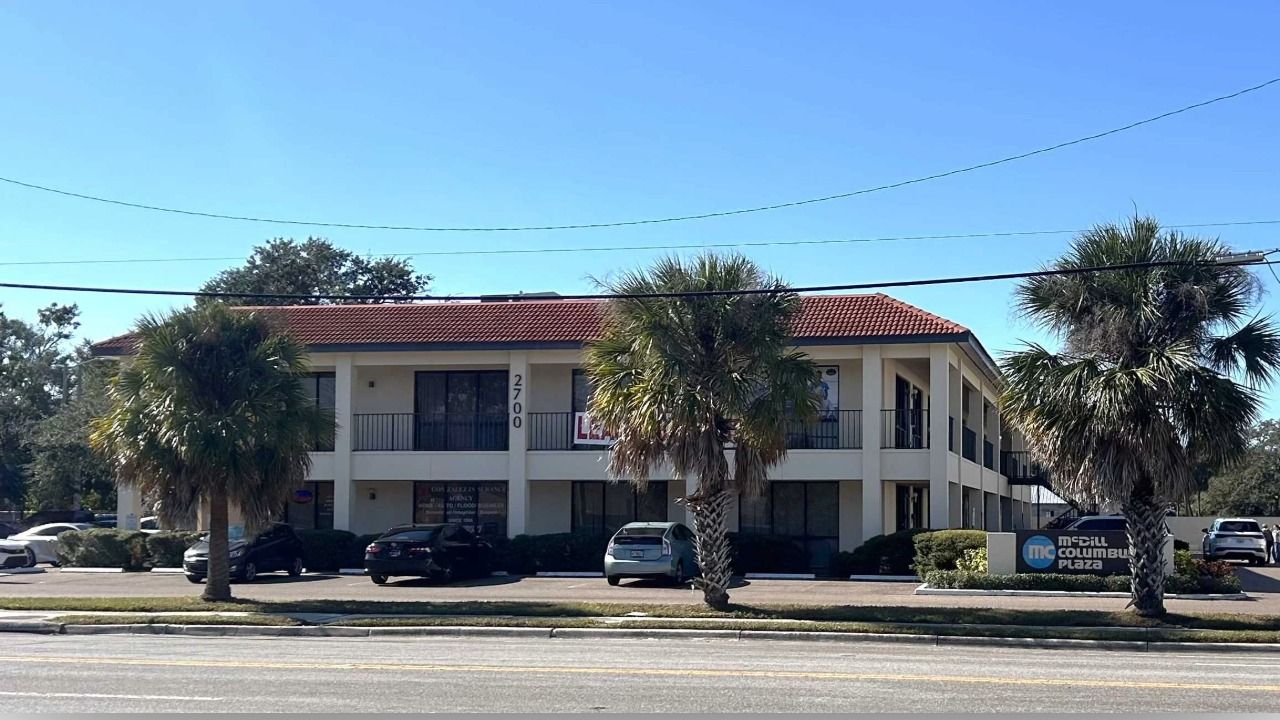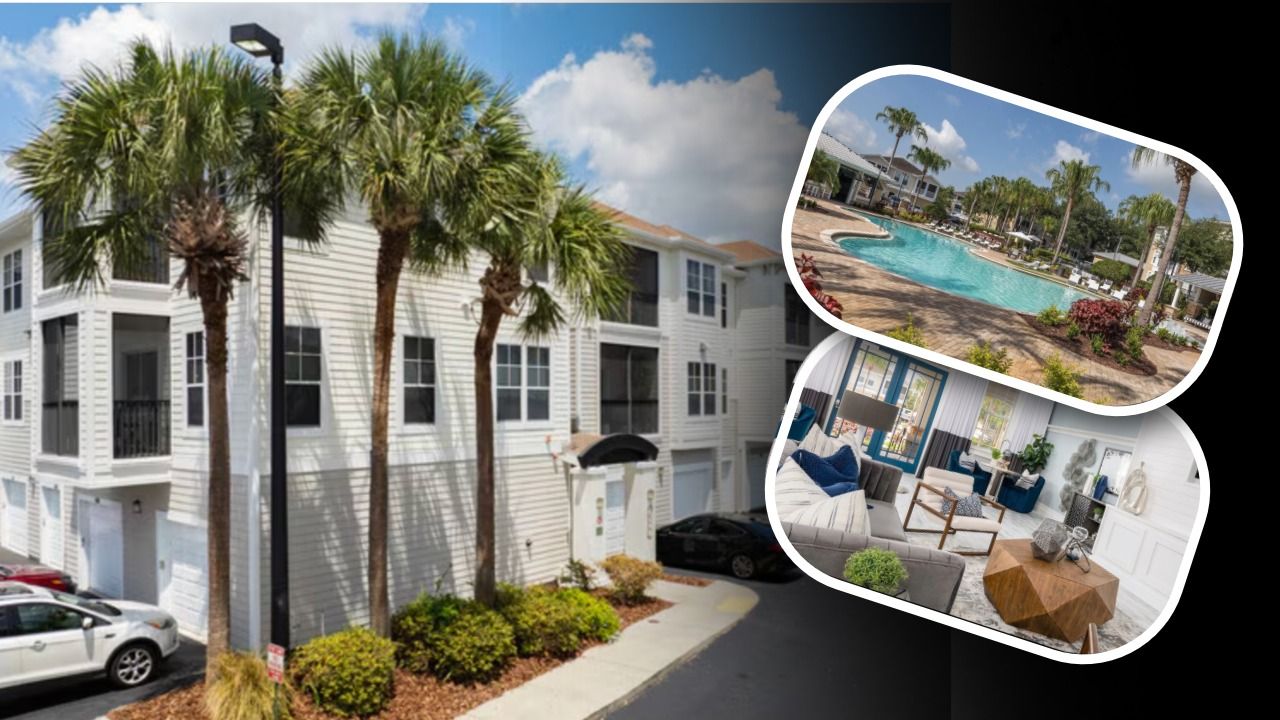By Ali St Cyr, Broker/Owner at Tomlin St Cyr
The pandemic has changed the housing market indefinitely. From what people want in their homes to where they want to live, the real estate industry has transformed over the past two years. Now homes are for working, learning, exercising, entertaining and more. And Florida, particularly Tampa Bay, is increasingly where many want to be.
People Are Choosing Tampa Bay Over Other Leading Cities
While millions transitioned to working from home during the pandemic, many reconsidered where they wanted to call home once a commute no longer mattered. Towns closer to beaches and mountains, as well as proximity to bustling retail and restaurant industries, became the hot spots – particularly if the cost of living is lower. Tampa Bay’s robust job market, growing population of home buyers and surging increase of home values contributed to its growth over other major cities.
Home prices in Tampa Bay have exploded over the last year. In February, the Tampa area showed a 32.6% increase in year-over-year home prices. Phoenix led the nation at 32.9%. But no other metro area saw price growth above 30% in February. In January, Zillow named Tampa Bay the top real estate market in the US, heading into 2022. The company’s economists predict Tampa’s home values will rise 24.6% this year.
The Pandemic Has Transformed Home Needs
Over the past two years, real estate needs have changed dramatically. With supply and contractor shortages, the desire for turnkey homes skyrocketed. And as remote work becomes more standard, overall home footprints are getting larger as builders add more small, flex rooms. Flexibility and the ability to customize a home are on the top of the list for buyers. Plus, every room in the house is becoming more wired. To accommodate working and schooling from home, builders are adding power outlets and USB ports.
The median size of new single-family homes has grown about 10% since 2009 and will likely keep growing as consumers choose more activities at home. As a result of the pandemic, 36% of Millennials want bigger houses, according to a survey by the National Association of Home Builders. Both Millennials and Gen Xers want more bedrooms, home offices and workout rooms. Plus, dedicated spaces for activities like meditation and yoga, video games, golf simulators or Zoom calls are cropping up on wish lists.
With the results from the recent America at Home Study, Garman Homes of Raleigh, North Carolina, built a 2,600-square-foot concept home reflecting what consumers want:
- Four bedrooms and three-and-a-half bathrooms
- Designed for a hypothetical, older Millennial family with two working parents, one working from home while the other works outside the home
- More access to exercise and outdoor space with separate homeowner and guest entries
- Two dedicated office spaces, a larger family bathroom and enhanced kitchen functionality
- Several covered outdoor spaces, dedicated drop zone for packages and flexible storage
- Grand open area with a large countertop island allowing people to eat together
- A bedroom that’s like a private conference room
Homebuying Has Changed Over the Last Two Years
The Federal Reserve plunged interest rates to historic lows to jumpstart the economy. Existing homeowners were able to take advantage of their home’s skyrocketing value, locking in a low-cost mortgage for up to 30 years. Millions of homeowners took advantage of refinancing with a lifetime financial advantage. Additionally, inflation caused by the pandemic has rewarded homeowners and punished renters.
As for homebuying, the entire process become more high-tech. From 3D Matterport virtual tours to virtual furniture for home staging, the pandemic accelerated technological advancement in real estate. Plus, appraisals can be done remotely and documents signed electronically. This means escrows will continue to be shorter, from 21 days rather than 30, for example, even if the market regulates.
Looking Ahead At The Real Estate Market
Fannie Mae believes home price growth should remain in double digits throughout 2022. But next year, Fannie Mae projects that US home prices will climb only 3.2%. That’s even less than the prediction in March, when Fannie Mae projected a 4.2% home price growth next year.

Mortgage rates have risen significantly over the past few months. Historically, significant shifts like this lead to a housing slowdown. Over the next two years, home prices, sales and mortgage volumes will cool. Home price growth should decelerate to a pace more consistent with income growth and interest rates.
Whether you’re thinking of buying, selling or investing in real estate, or are interested in learning more about the market, Tomlin St Cyr is a full-service real estate firm that can answer any questions you have backed by trusted data.
Ali St Cyr, Broker/Owner at Tomlin St Cyr, is among Hillsborough County’s top 1% for total sales production. A proud, life-long resident of Tampa Bay, she spends her time volunteering with Big Brothers Big Sisters, the Junior League and on the Lions Eye Institute Board. Tomlin St Cyr is recognized as one of Tampa Bay’s fastest-growing companies, according to Tampa Bay Business and Wealth Magazine.













